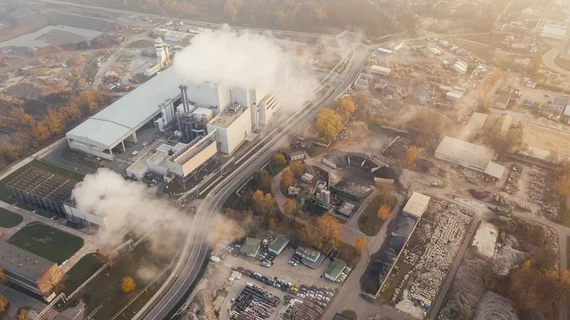Healthcare groups warn against ‘triple threat’ of air pollution, cardiovascular disease and COVID-19
Air pollution has long been seen as a significant contributor to cardiovascular disease (CVD) all over the world, and now it is associated with a greater risk of dying from COVID-19.
Four healthcare groups focused on cardiovascular health—the American College of Cardiology (ACC), American Heart Association (AHA), European Society of Cardiology and World Heart Federation—issued a new joint statement on the potential danger of this new “triple threat,” noting that healthcare providers have an important role to play.
“Clinicians have a responsibility to educate their patients, their colleagues and their communities at large on the connection between air pollution and CVD risk,” Richard Kovacs, MD, senior author of the statement and a former president of the ACC, said in a news release. “By advocating for recognition of air pollution as a health factor, working individually with our patients to reduce exposure and associated risks, and integrating air pollution into broader disease management approaches, the health care community can provide support for larger pollution mitigation efforts.”
“Poor air quality can harm heart and brain health, with a disproportionate impact on low-income and poor communities located near sources of air pollution,” added Robert Harrington, MD, a co-author of the statement and a former president of the AHA. “We must address this problem as a global community to equitably reduce exposure to air pollution and reverse the health harms of poor air quality for all.”
The joint statement has been published in the Journal of the American College of Cardiology, the Journal of the American Heart Association, the European Heart Journal and Global Heart.

